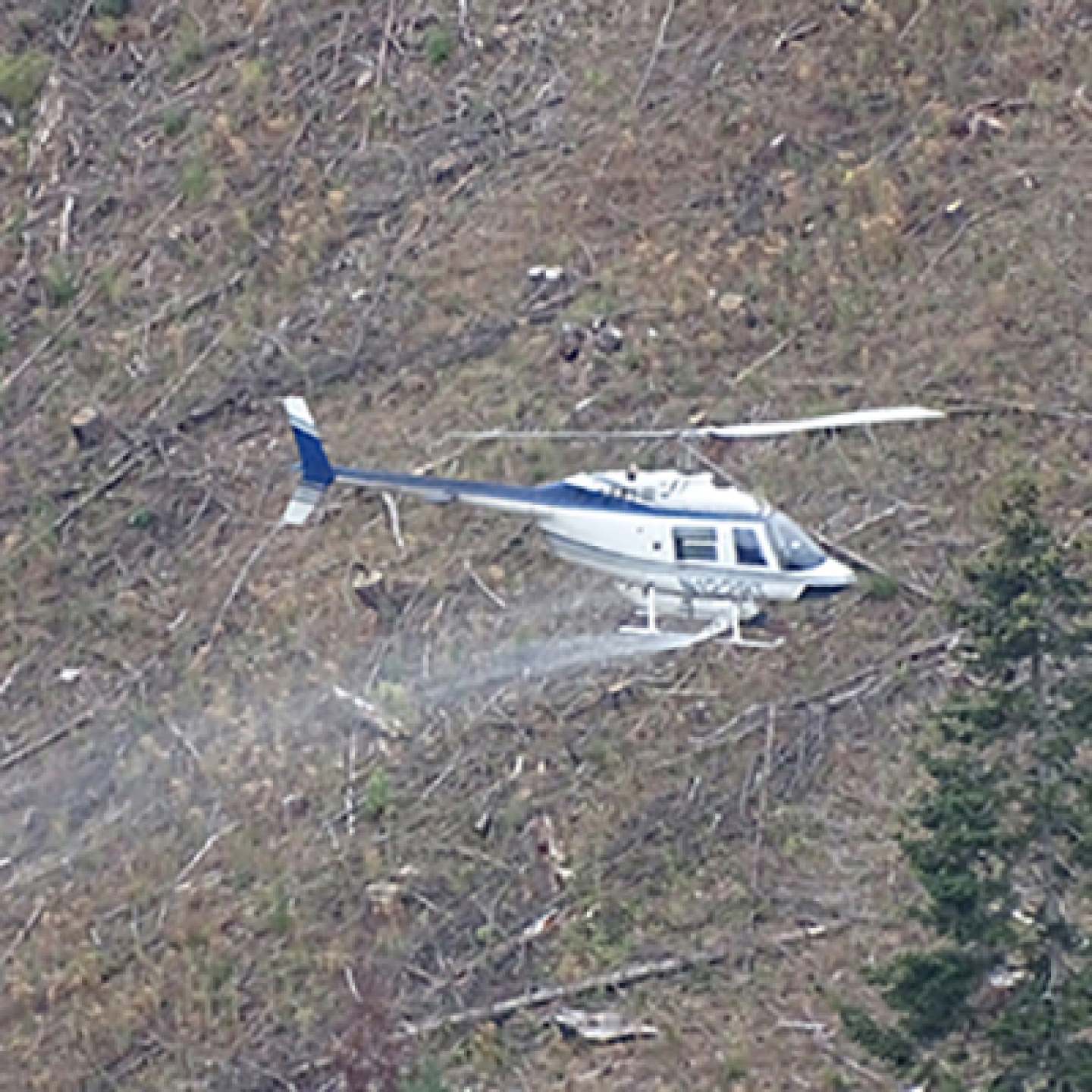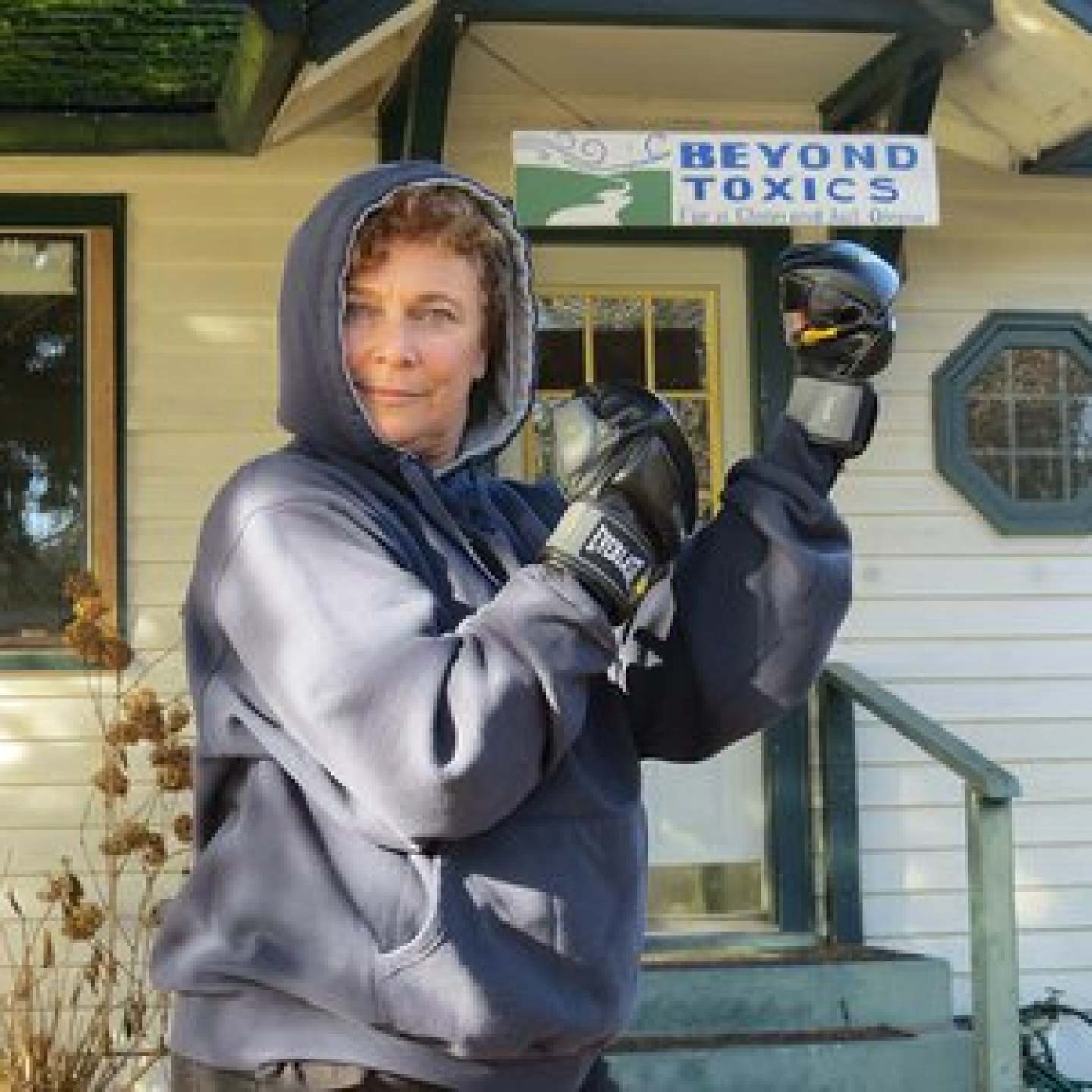When Allie McDermott and her partner heard the helicopter blades whirring early on a Sunday morning in March, they were stunned. As they ran up the road to see for themselves they thought, ‘There is no way an aerial spray could be happening on a Sunday!’
Beyond Toxics Speaks Truth to Timber's Tall Tales
The Register Guard published a Nov. 30 guest viewpoint written by former Lane County Commissioner, Anna Morrison, who no longer lives in Oregon. Displaying her ignorance, she suggested that aerial pesticide sprays are nothing to worry about.
If Morrison had done her homework about aerial sprays, she could have started with Arizona, her new home state.






